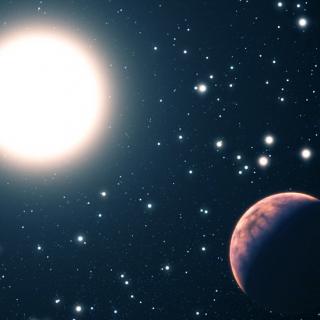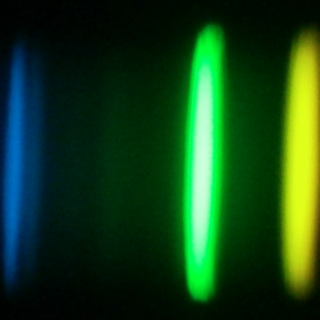Bibcode
Hourihane, A.; François, P.; Worley, C. C.; Magrini, L.; Gonneau, A.; Casey, A. R.; Gilmore, G.; Randich, S.; Sacco, G. G.; Recio-Blanco, A.; Korn, A. J.; Allende Prieto, C.; Smiljanic, R.; Blomme, R.; Bragaglia, A.; Walton, N. A.; Van Eck, S.; Bensby, T.; Lanzafame, A.; Frasca, A.; Franciosini, E.; Damiani, F.; Lind, K.; Bergemann, M.; Bonifacio, P.; Hill, V.; Lobel, A.; Montes, D.; Feuillet, D. K.; Tautvaišienė, G.; Guiglion, G.; Tabernero, H. M.; González Hernández, J. I.; Gebran, M.; Van der Swaelmen, M.; Mikolaitis, Š.; Daflon, S.; Merle, T.; Morel, T.; Lewis, J. R.; González Solares, E. A.; Murphy, D. N. A.; Jeffries, R. D.; Jackson, R. J.; Feltzing, S.; Prusti, T.; Carraro, G.; Biazzo, K.; Prisinzano, L.; Jofré, P.; Zaggia, S.; Drazdauskas, A.; Stonkuté, E.; Marfil, E.; Jiménez-Esteban, F.; Mahy, L.; Gutiérrez Albarrán, M. L.; Berlanas, S. R.; Santos, W.; Morbidelli, L.; Spina, L.; Minkevičiūtė, R.
Bibliographical reference
Astronomy and Astrophysics
Advertised on:
8
2023
Journal
Citations
44
Refereed citations
33
Description
The Gaia-ESO Survey is a public spectroscopic survey that targeted ≳105 stars covering all major components of the Milky Way from the end of 2011 to 2018, delivering its final public release in May 2022. Unlike other spectroscopic surveys, Gaia-ESO is the only survey that observed stars across all spectral types with dedicated, specialised analyses: from O (Teff ~ 30 000-52 000 K) all the way to K-M (≳3500 K). The physics throughout these stellar regimes varies significantly, which has previously prohibited any detailed comparisons between stars of significantly different types. In the final data release (internal data release 6) of the Gaia-ESO Survey, we provide the final database containing a large number of products, such as radial velocities, stellar parameters and elemental abundances, rotational velocity, and also, for example, activity and accretion indicators in young stars and membership probability in star clusters for more than 114 000 stars. The spectral analysis is coordinated by a number of working groups (WGs) within the survey, each specialised in one or more of the various stellar samples. Common targets are analysed across WGs to allow for comparisons (and calibrations) amongst instrumental setups and spectral types. Here we describe the procedures employed to ensure all survey results are placed on a common scale in order to arrive at a single set of recommended results for use by all survey collaborators. We also present some general quality and consistency checks performed on the entirety of the survey results.
The full Gaia-ESO catalogue is available at the CDS via anonymous ftp to cdsarc.cds.unistra.fr (ftp://130.79.128.5) or via https://cdsarc.cds.unistra.fr/viz-bin/cat/J/A+A/676/A129
Related projects

Observational Tests of the Processes of Nucleosynthesis in the Universe
Several spectroscopic analyses of stars with planets have recently been carried out. One of the most remarkable results is that planet-harbouring stars are on average more metal-rich than solar-type disc stars. Two main explanations have been suggested to link this metallicity excess with the presence of planets. The first of these, the “self
Garik
Israelian

Chemical Abundances in Stars
Stellar spectroscopy allows us to determine the properties and chemical compositions of stars. From this information for stars of different ages in the Milky Way, it is possible to reconstruct the chemical evolution of the Galaxy, as well as the origin of the elements heavier than boron, created mainly in stellar interiors. It is also possible to
Carlos
Allende Prieto